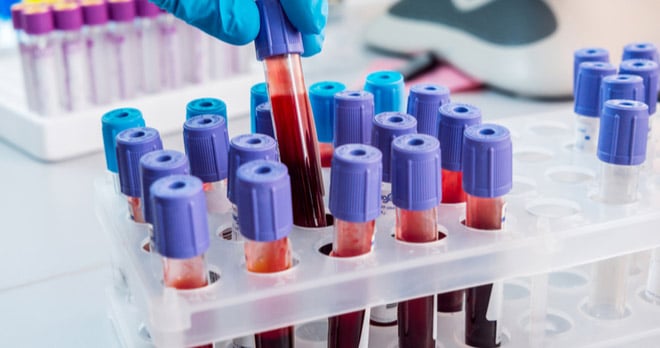The contaminated blood scandal – what happened and what is being done about it?

The contaminated blood scandal that has been in the news in recent months involved thousands of (some estimates are up to 30,000) people being given blood by the NHS which resulted in them being infected with HIV and Hepatitis C in the 1970s and 1980s. It has been called the biggest treatment disaster in NHS history and some estimate that up to 3,000 people have died.
A compensation scheme has been in place for many years but in September 2018 an inquiry into the contaminated blood, led by retired Judge Sir Brian Langstaff, commenced.
The inquiry is currently hearing evidence from a number of victims, and it is thought that the inquiry will consider evidence from around 2,500 people which could last for more than two years.
How did this happen?
In the 1970s and 1980s the UK was struggling to keep up with demand for blood clotting treatment so sought supplies from the United States. Most of the contaminated blood came from paid donors in America who included prison inmates and drug users whose blood carried viruses such as HIV and hepatitis.
In the 1970s HIV had not been diagnosed and medical knowledge of hepatitis was still developing. By the mid-1980s it had become accepted that HIV was blood borne, so blood products began being heated in order to kill viruses prior to being used. Routine screening of all blood products began in 1991 and by the late 1990’s synthetic treatments for haemophilia became available which removed the infection risk.
However, there are still questions regarding how much was known at the time the contaminated blood products were being used and whether earlier precautions should have been implemented. It has also been alleged that, even after these precautions started to be taken, some of the contaminated blood products remained in circulation and continued to be used.
Who was affected?
Some estimates put the number of people affected as high as 30,000.
The people affected include people with bleeding disorders, such as haemophilia, who were given contaminated blood products such as Factor VIII or IX to help their blood to clot.
Victims also included people who underwent blood transfusions following childbirth and after accidents.
Public inquiry
This UK-wide public inquiry, the first public inquiry that can compel witnesses to testify, is now underway. It comes after years of campaigning by victims and their families, who claim the risks were never explained and the scandal was covered up. Victims and their families very rightly want answers regarding why guidance about the safety of the products was allegedly ignored and why many documents and records have been lost or destroyed.
The government has been strongly criticised for its handling of this and for delaying addressing the issues. There have also been allegations of a cover-up.
A previous, privately funded inquiry took place but it held no official status. It could not compel witnesses to testify or demand the release of important documents, unlike the public inquiry now in progress.
In Scotland there was a seven-year investigation into this scandal however it was criticised as a "whitewash" when it was published in 2015.
On 30th April 2019 it was announced that funding for the compensations scheme for money to be paid out to victims and their families who have died as a result of the contamination had been increased from £46,300,000.00 to £75,000,000.00. However, due to the number of victims the amount of compensation for each person affected is not likely to be substantial.